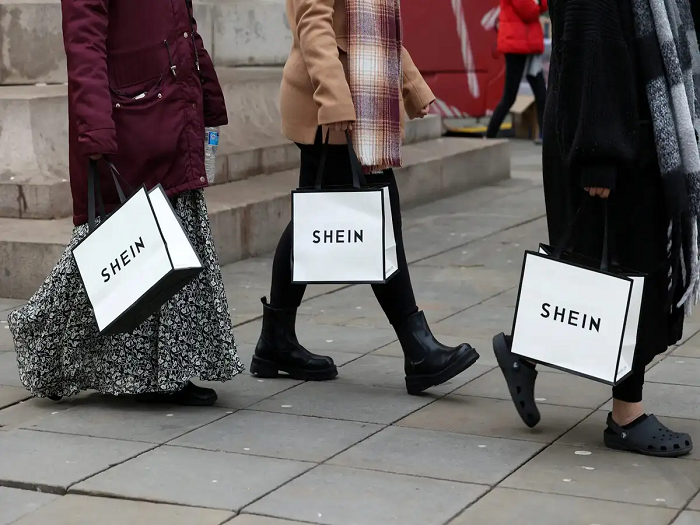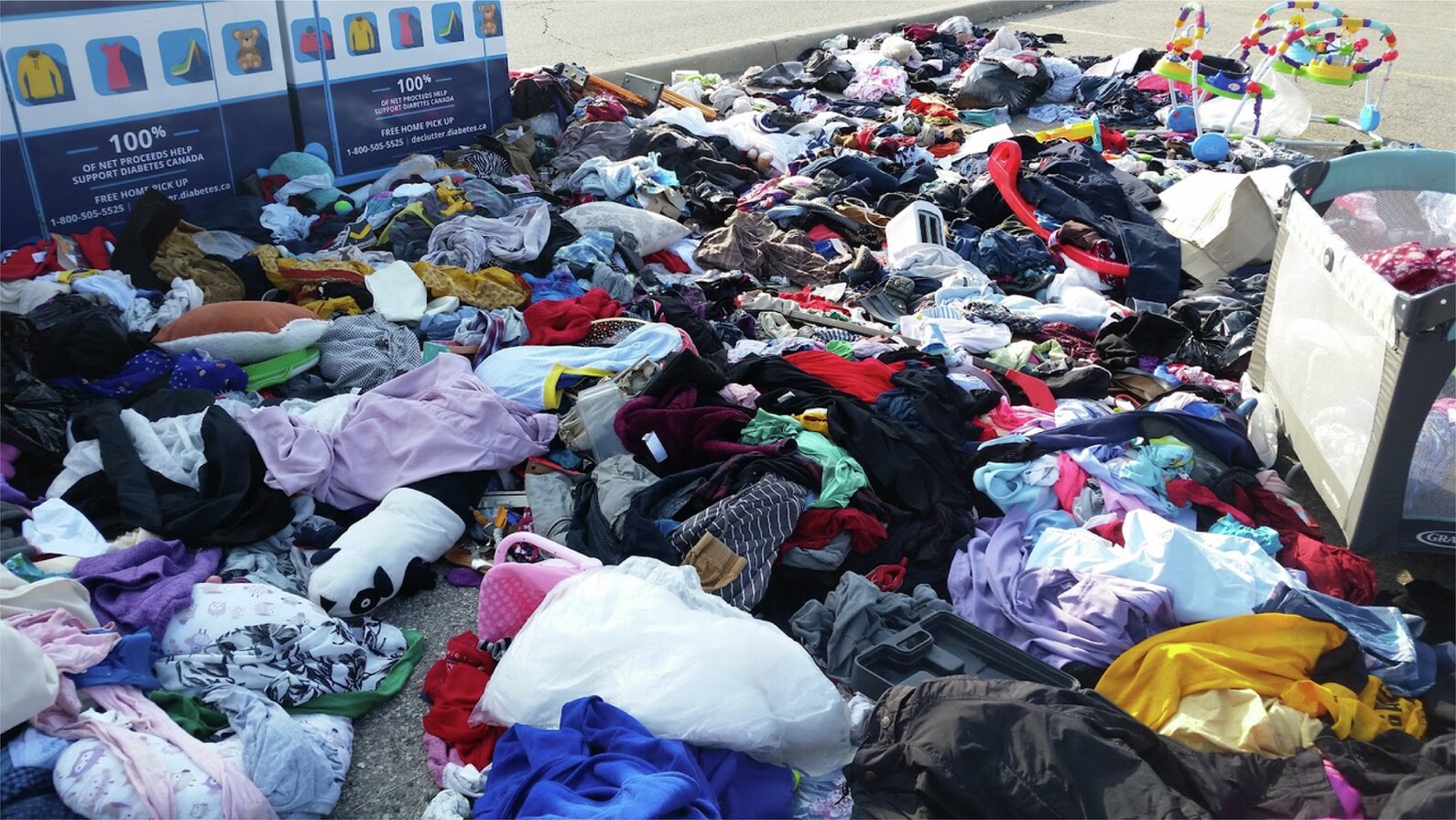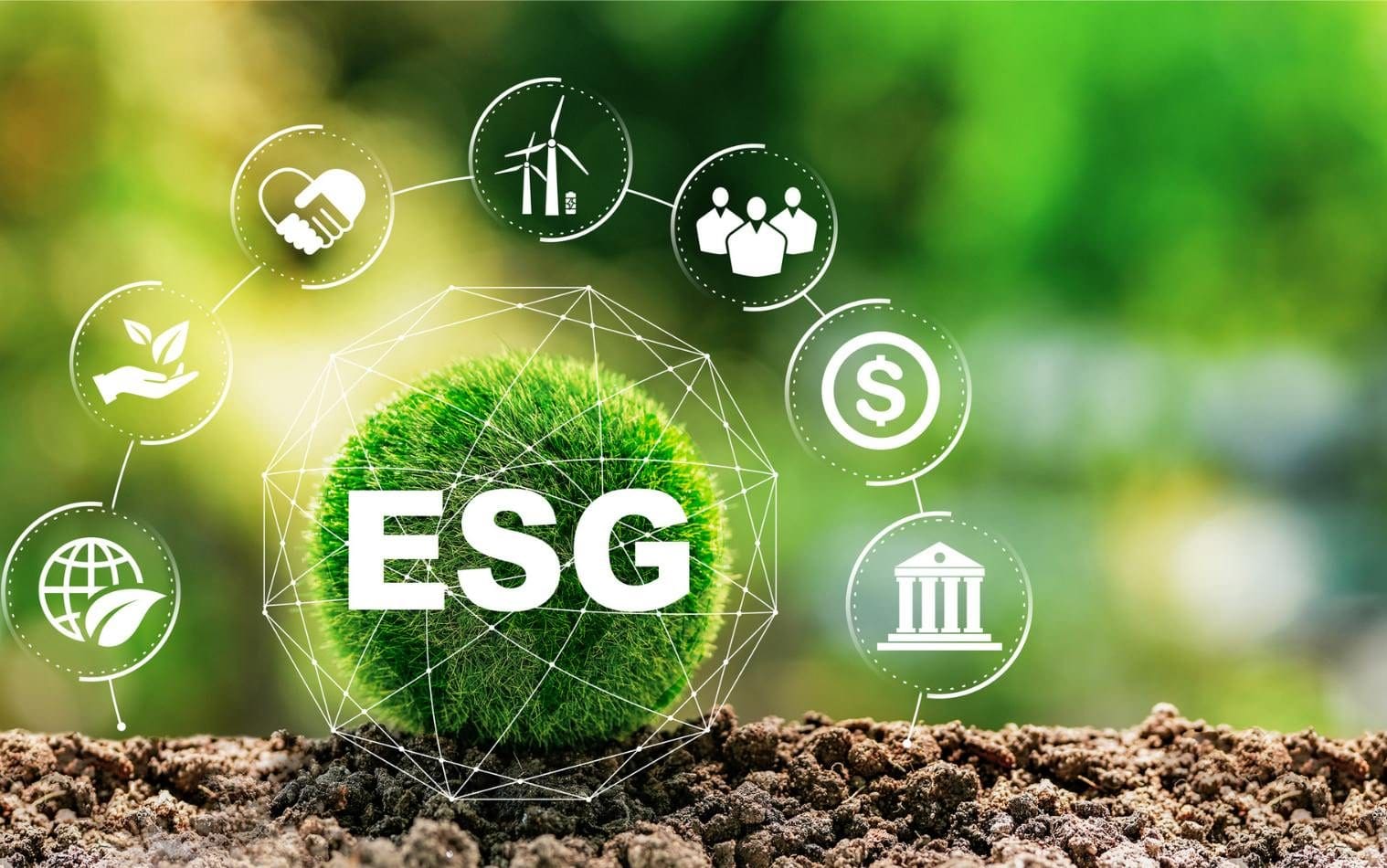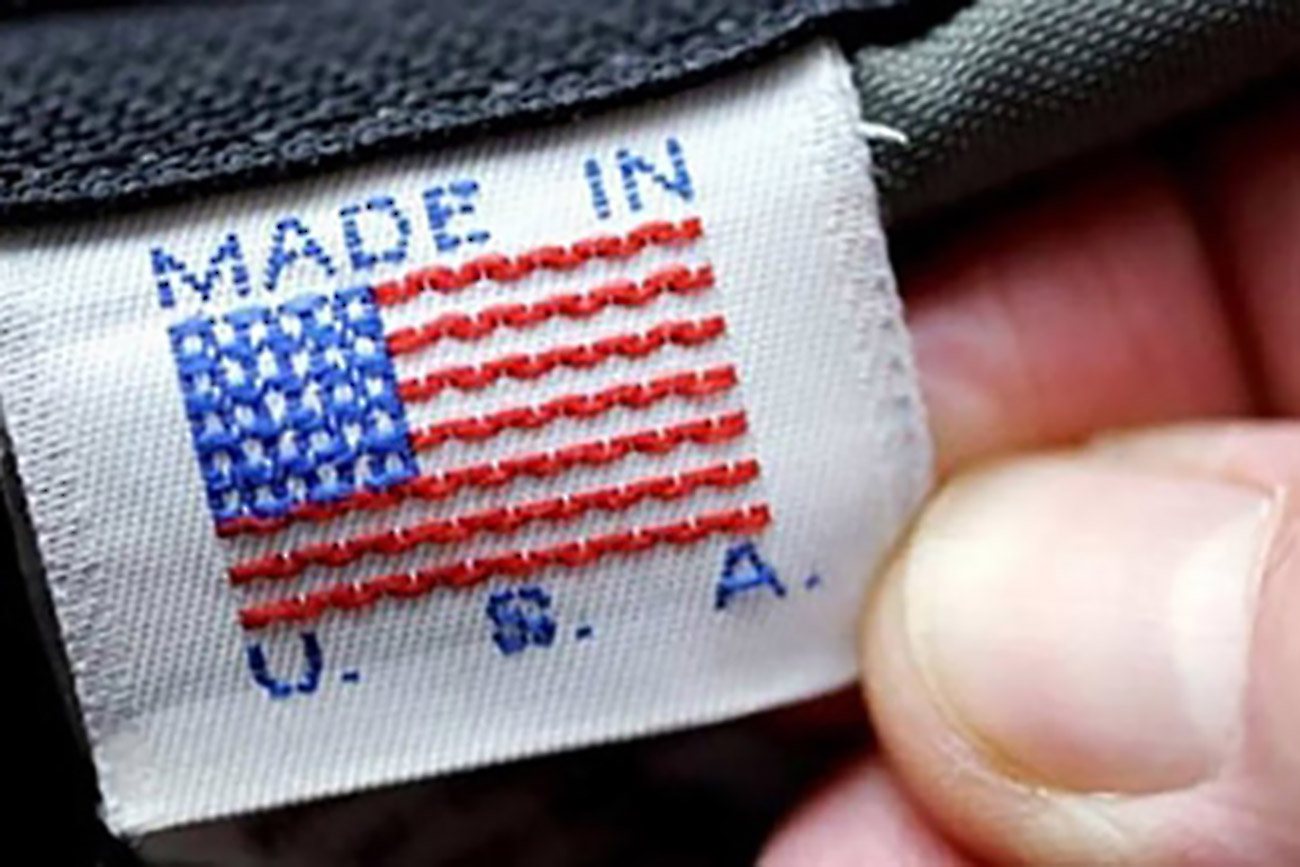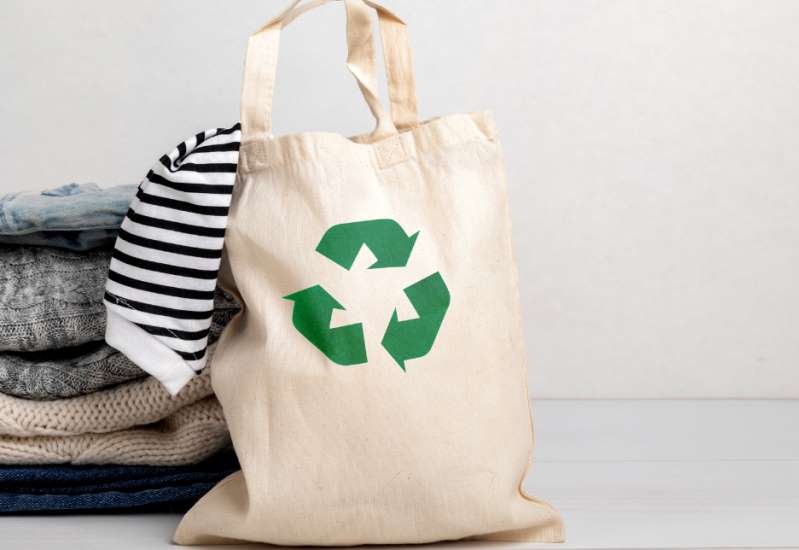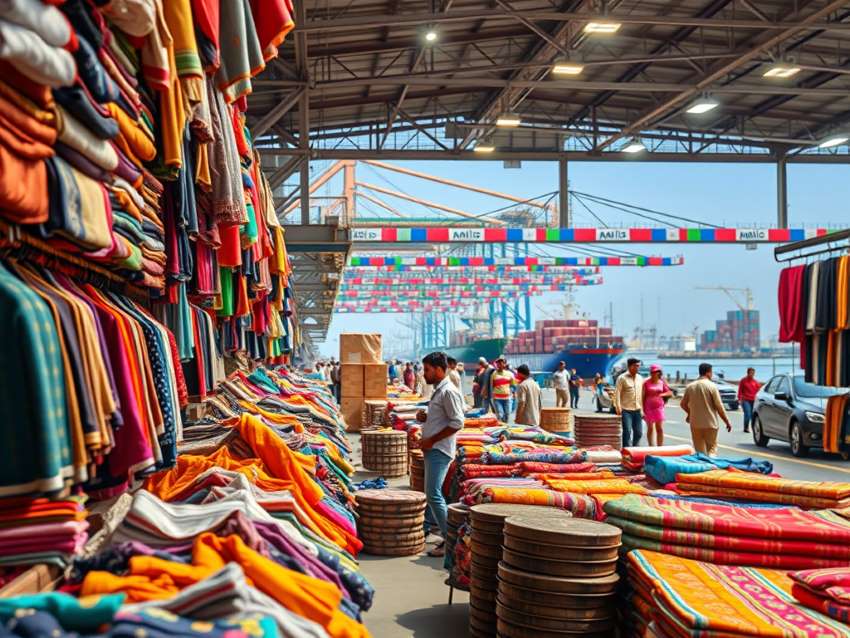Vietnam’s textile and apparel industry plans to be more environmental-friendly by 2030.
By 2023, the industry plans to reduce energy consumption by 15 per cent and water consumption by 20 per cent.Earlier in 2022, the EC proposed a new strategy to make textiles more durable, repairable, reusable and recyclable, to tackle fast fashion, textile waste and the destruction of unsold textiles, and ensure their production takes place in full respect of social rights.
Europe is a traditional and key market for Vietnam’s textile and footwear industries. This is an issue businesses must focus on quickly deploying if they want to exploit markets like the US or EU and other large markets. This will also help businesses develop sustainably and reduce production costs. The industry’s businesses have carried out many greening activities, such as replacing electric boilers, using rooftop solar power, and reusing wastewater.
In the first ten months of 2022 the export value of the country’s textile and garment industry was up 17 per cent. This was due to Vietnam’s participation in free trade agreements. These helped Vietnam diversify export markets.In addition, textile and garment industry enterprises are accelerating digital transformation in management and supply chain and catching up with the trend of greening and sustainable development by producing new yarn from hemp and wool.

